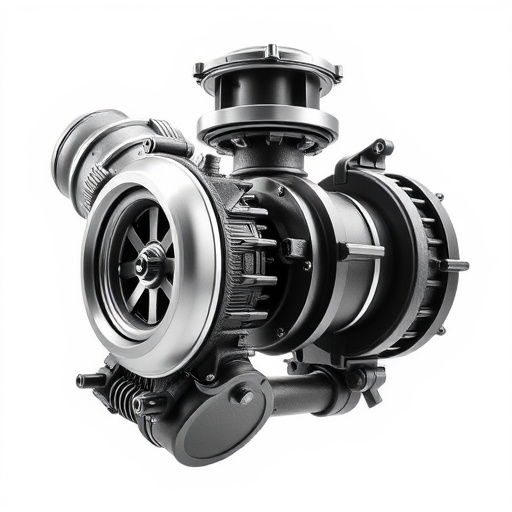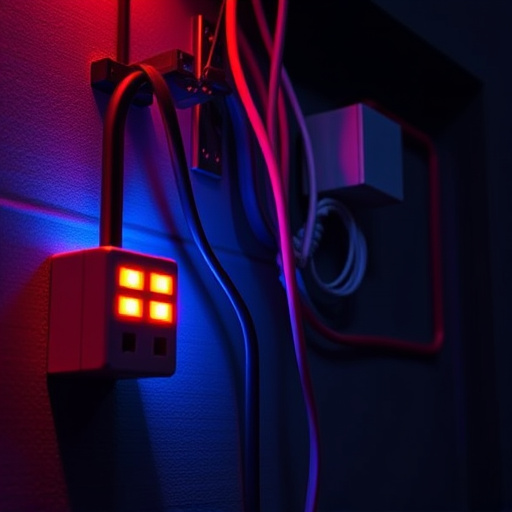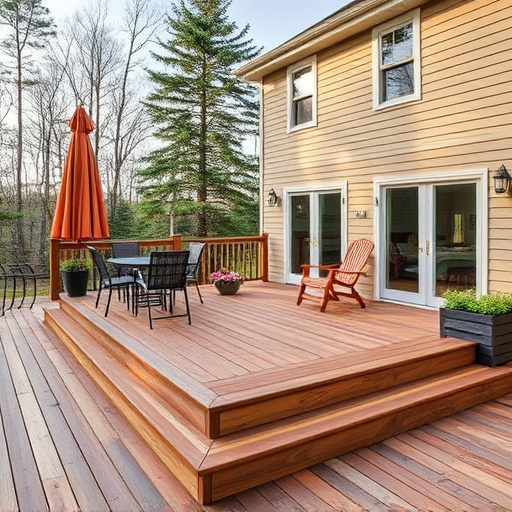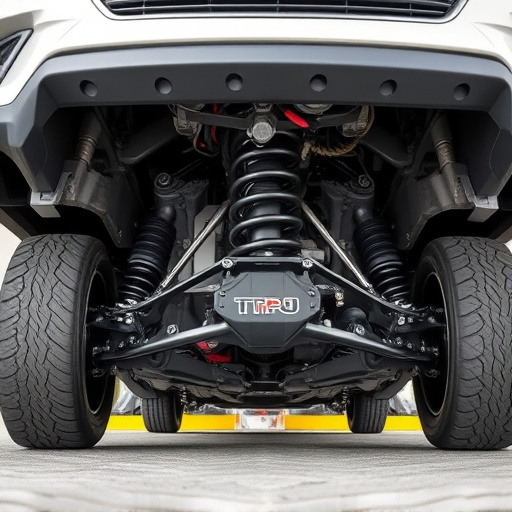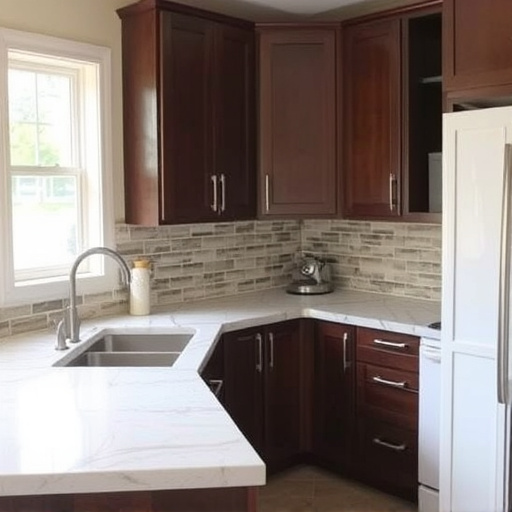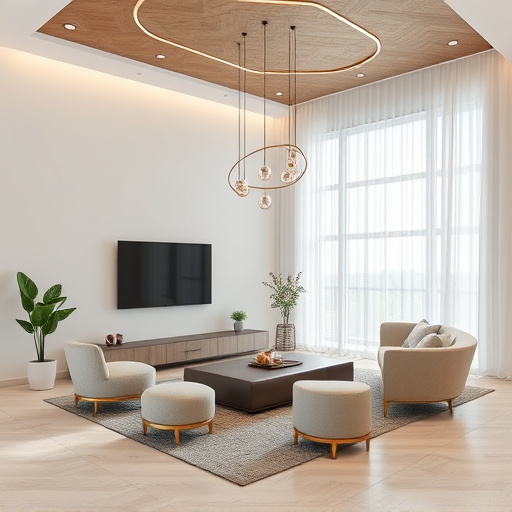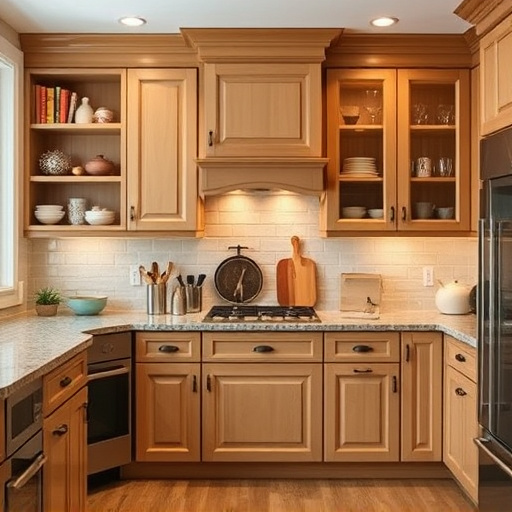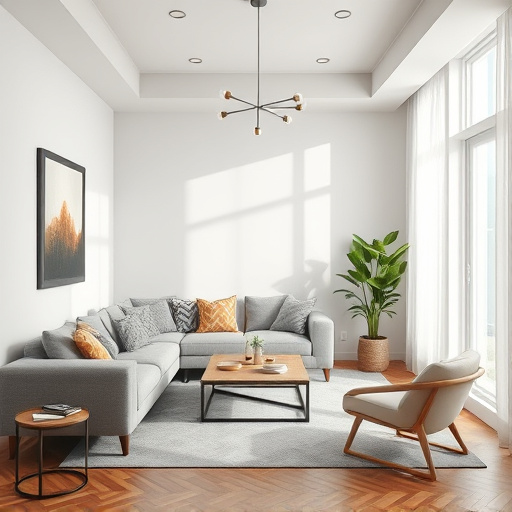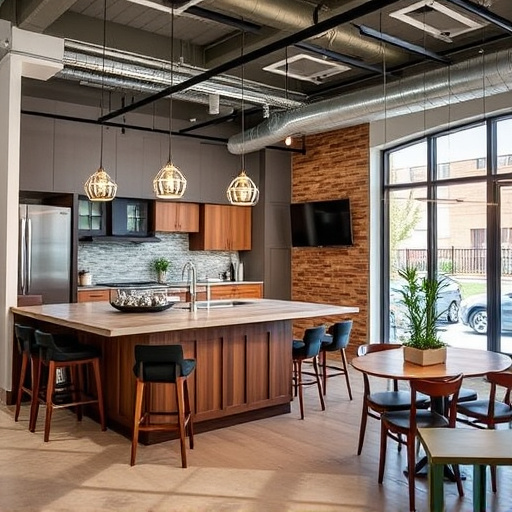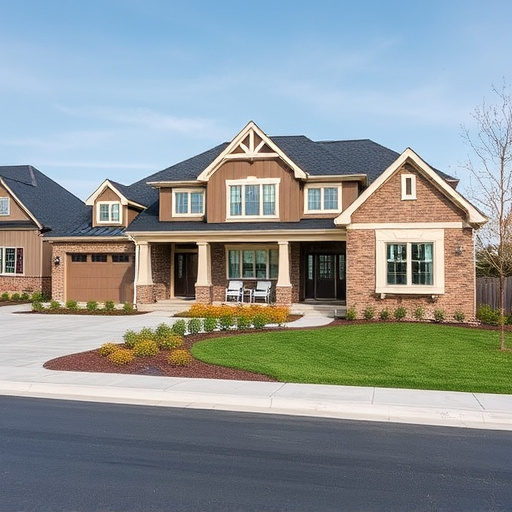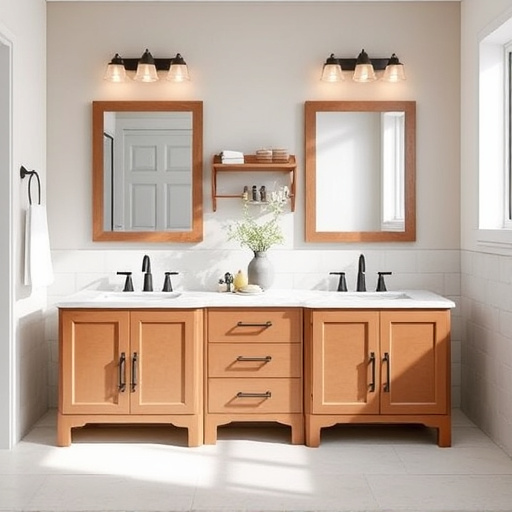When remodeling a bathroom, prioritize accessibility to create an inclusive space catering to diverse needs, including seniors and individuals with disabilities. Incorporate features like grab bars, non-slip flooring, lowered counters, and adjustable lighting to enhance usability and safety for all, adhering to universal design principles and building codes. This ensures your bathroom becomes a safe haven that fosters independence and enhances the user experience for every target group.
Adding accessibility features to a bathroom remodel isn’t just about compliance; it’s about creating a space that caters to everyone. As we age or live with disabilities, our needs in the bathroom evolve. This article guides you through understanding and addressing these needs during your next bathroom remodel. We’ll explore common challenges, from slippery surfaces to high fixtures, and highlight solutions like grab bars, lowered vanities, and accessible showers. Additionally, discover how smart technology can enhance accessibility and future-proof your space for changing requirements.
- Understanding Accessibility Needs for Bathroom Remodels
- – Identifying target users: seniors, individuals with disabilities, and families with small children
- – Common accessibility challenges in bathrooms and their impacts
Understanding Accessibility Needs for Bathroom Remodels
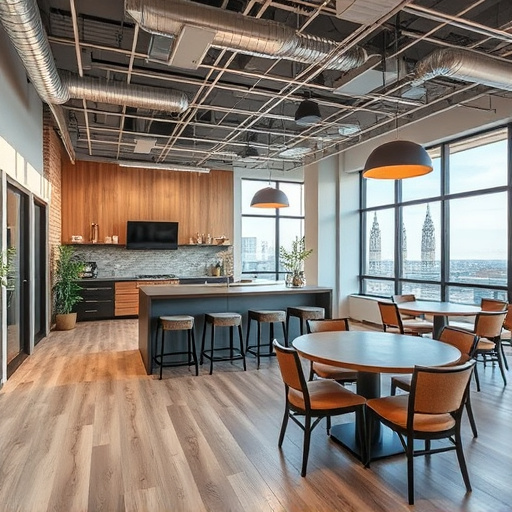
When planning a bathroom remodel, understanding accessibility needs is paramount to create an inclusive space for everyone. It’s crucial to consider not just physical abilities but also age and cognitive capabilities, as these factors significantly impact how individuals interact with their bathroom environment. For instance, adding grab bars in shower areas provides stability for those with limited mobility, while lower counters and accessible fixtures cater to users with wheelchairs or other assistive devices.
Moreover, incorporating features like non-slip flooring, elevated toilets, and adjustable lighting can enhance usability for a wide range of users. Incorporating these accessibility measures not only ensures compliance with building codes but also demonstrates commitment to inclusive design, aligning perfectly with current home improvement trends focusing on universal design principles. This approach ensures that everyone—from the elderly to individuals with disabilities—can navigate and enjoy their bathroom remodel, turning it into a safe and comfortable sanctuary for all.
– Identifying target users: seniors, individuals with disabilities, and families with small children
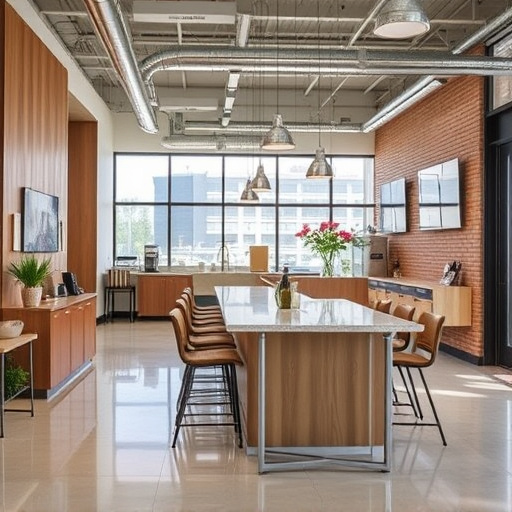
When planning a bathroom remodel, it’s essential to consider the diverse needs of your target users. This includes seniors who may require easier access and safer amenities, individuals with disabilities who might need specialized fixtures and clear pathways, and families with small children who can benefit from child-friendly features. By identifying these specific user groups, you can tailor your home additions or whole house remodels to create an inclusive space that caters to all.
For instance, incorporating grab bars in the shower or bathtub area provides added support for seniors and individuals with limited mobility. Lowering vanity counters allows for easier access by those using wheelchairs or walking aids. Additionally, installing safety features like non-slip flooring and secure handrails can significantly reduce the risk of accidents. These thoughtful home remodeling elements ensure that your bathroom remodel is functional, accessible, and safe for everyone.
– Common accessibility challenges in bathrooms and their impacts
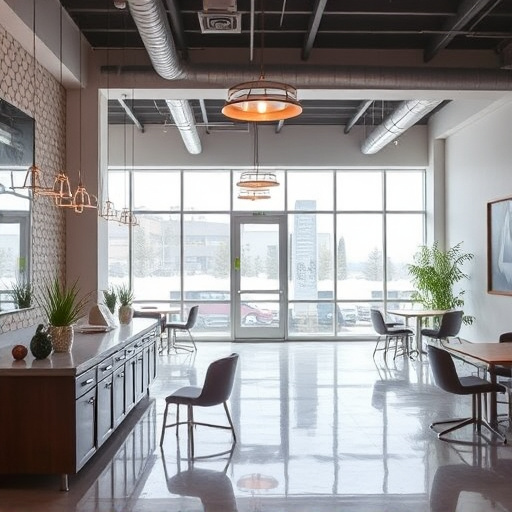
In a bathroom remodel, addressing accessibility challenges is paramount to create functional spaces that cater to all users. Common issues include narrow doorways and lack of grab bars, which can significantly impact mobility-impaired individuals. These barriers hinder independent use of the bathroom, potentially leading to discomfort or even falls. Additionally, inadequate lighting and slippery surfaces exacerbate safety concerns for everyone, not just those with limited mobility.
The effect of these challenges goes beyond physical safety. Inadequate accessibility in bathrooms can lead to social isolation, particularly among seniors and individuals with disabilities. Customized home renovations that prioritize inclusivity transform these functional spaces into safe havens for all, fostering independence and quality of life. Bathroom renovations focused on accessibility enhance the overall user experience, ensuring everyone feels welcomed and comfortable in their homes.
When planning a bathroom remodel, considering accessibility features is paramount. By understanding the needs of seniors, individuals with disabilities, and families with small children, we can create inclusive spaces that enhance quality of life. Addressing common challenges like limited mobility, reduced visibility, and slippery surfaces not only improves safety but also ensures everyone feels welcome in their home. Incorporating these accessible design elements into your bathroom remodel project is a step towards creating a more inclusive and caring living environment for all.



